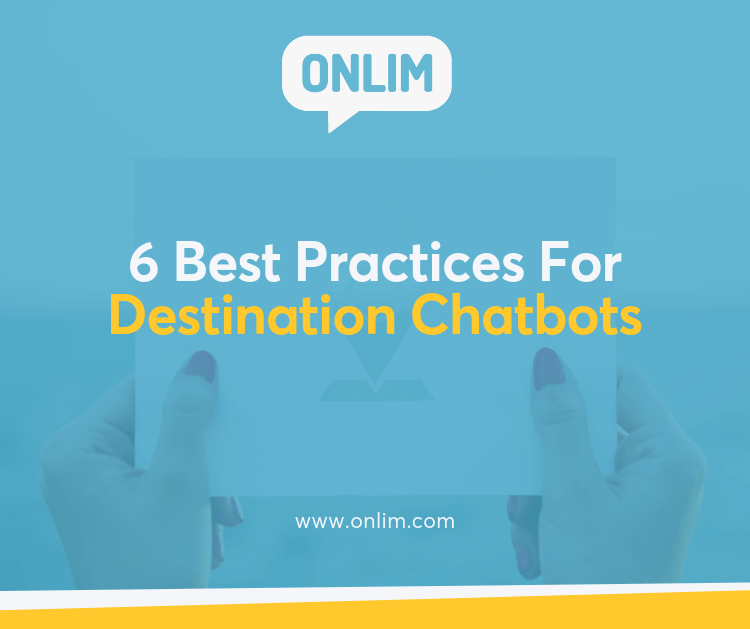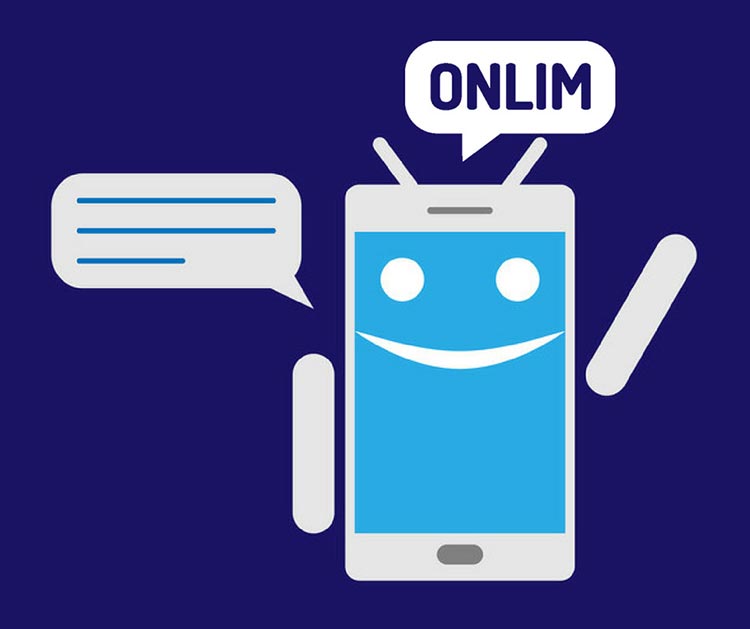6 Best Practices For Destination Chatbots
Chatbots driven by artificial intelligence have more than proven their capacities by now and are able to bring a lot of value to businesses and their customers alike. Both vendors and customers benefit from these smart computerized sales assistants. That’s why it is hard to imagine a future of customer support without chatbots anymore.
Download our free e-book to learn everything you need to know about chatbots for your business.
Especially in the tourism and travel industry that heavily rely on great service, chatbots can revolutionize the communication with your customers. It is not only travel agencies and hotels that benefit from the advent of artificial intelligence. Travel destinations are also realizing the positive impact a destination chatbot can have on their customer communication.
Before a booking is made customers are usually doing quite some research on numerous travel related websites. This doesn’t just cost a lot of time, but also causes occasional frustrations. This is where artificially intelligent solutions like chatbots and voice assistants come in, as they can elevate conversation-driven marketing to the next level.
In the following we explore some of the most important best practices for destination chatbots to take your customer service to the next level.
1) Solution-driven conversations
A chatbot needs to make things easier and faster or else it does not really fulfill its purpose. It operates as an addition to customer service being utilized to answer travelers’ questions.
During the development process of the chatbot certain aspects to improve the conversation should be considered. For example, the chatbot can be taught to ask specific questions and guide the customer through the conversation and towards a solution. The chatbot may also offer multiple choice answers for the customer to choose the most suitable one and to continue the interaction.

Tip: If you are at the beginning of the concept and planning phase of your chatbot, we recommend starting with a specific and well-defined topic or use case. This will enable the chatbot to answer a lot of questions regarding that topic and will drive customer interaction.
2) Create a personalized experience
Apart from being easy to use and offer efficient problem solving, a chatbot should also create a personalized travel experience for customers. Mainly focusing on connecting with the customers on an individual case by case basis.
This can be done by asking smart questions and gaining deeper insights into their motivations and needs. That way, you can offer customers an amazing experience before, during and even after their journey.
3) Don’t force a sale, inspire a purchase!
Although a travel chatbot can be integrated into your booking process, selling shouldn’t be its only focus when it serves as a support in customer service. When travelers start their research, they enter the so-called “dream stage”. At this point in their travel process, they are looking for inspiration and information without having to make any decisions yet.
Introducing special events and experiences or the must-see sights of the destination are all great inputs that the chatbot can provide and of course, if a user is ready to book something the chatbot can redirect him to the right place.
4) Make use of existing data
Wouldn’t it be nice if we could just read our customers’ minds? Unfortunately, we can’t, but we can try to anticipate customers’ worries and questions. That way your destination chatbot can be equipped with the right tools to help your audience.
The more information the chatbot can provide, the easier it is for customers to find everything they are looking for and the more satisfied they’ll be. Use past experiences and data of customer interactions to predict and enable the chatbot to lead future conversations.
5) Define the chatbot’s personality
Depending on how you are promoting your destination, you should also adapt the personality of your chatbot. Does your region want to be marketed as young, active and dynamic or is it the spot for quiet, relaxing and luxurious holidays?

Be aware of the unique selling point of your region and use it in the personality and tone of your chatbot. It will not just lead to a more authentic chatbot, but also to more engaging interactions with your target audience.
Get weekly updates, tips and tricks just like that into your inbox.
6) Train your chatbot
Just like us, chatbots need to be consistently trained and kept up to date to master their skills. This is how they can unfold their full potential.
You and your team play an important role. In cooperation with the development team the chatbot should be tested and improved on an ongoing basis.
Analyzing past conversations will provide great insights into what works and what doesn’t. Allowing your chatbot to get better the more interactions it has.
Onlim can support you in the development and ongoing maintenance of your destination chatbot. Here you can learn more about our individual chatbot solutions.
What are Large Language Models (LLMs)?
March 18th, 2024|
What are chatbots and how do they work?
November 23rd, 2023|
The AI Act and its impact on the use of chatbots
October 27th, 2023|



